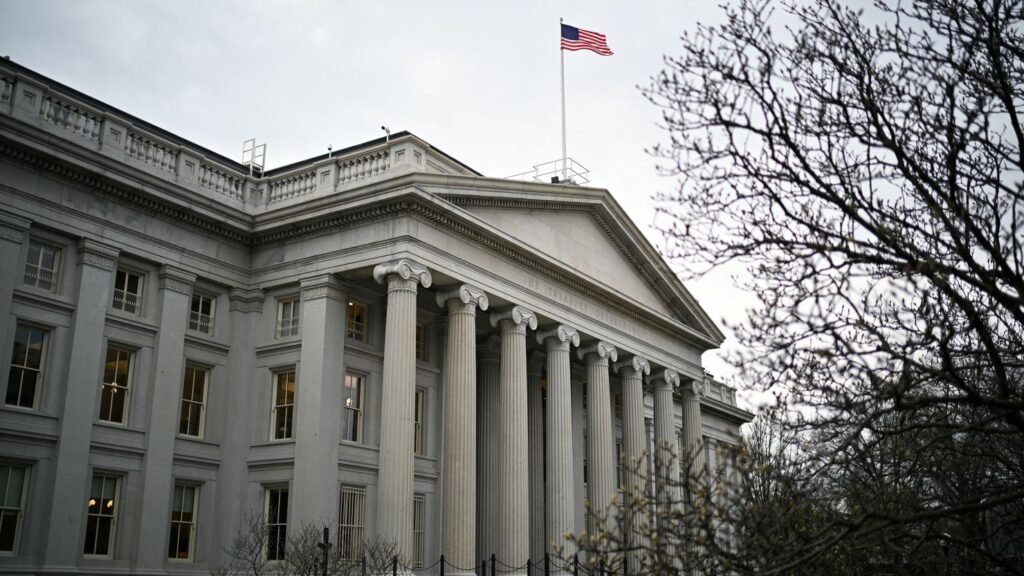
Artificial Intelligence (AI) is playing a crucial role in helping the US Treasury fight fraud, recovering significant amounts of lost revenue. In fiscal year 2024, the Treasury Department announced that AI technology helped prevent $4 billion in improper payments, including $1.3 billion in tax fraud recovery, according to a recent press release.
AI’s Role in Fraud Prevention
The Treasury Department has increasingly turned to machine learning and AI to combat fraudulent activities. In the fiscal year 2024 (October 2023 – September 2024), the department reported AI tools successfully halted $1 billion in cheque fraud. Additionally, the technology pinpointed $3 billion in improper payments by identifying at-risk transactions and enhancing fraud screening procedures.
The use of AI has been transformative for the Treasury, helping detect hidden patterns that fraudsters often use to exploit the system. Renata Miskell, a Treasury official, emphasized that AI enables the department to find anomalies in the payment system. While AI is effective at detection, human oversight is still essential to finalize fraud determinations.
Impressive Results: A 6X Increase in Fraud Prevention
Compared to the previous year, the $4 billion total represents a sixfold increase in fraud prevention efforts, highlighting AI’s significant impact. Each year, the US Treasury processes about 1.4 billion payments, totaling over $6.9 trillion, making it essential to use advanced technology to ensure payments are accurate and secure.
US Treasury’s Commitment to AI and Responsible Stewardship
In its fight against financial crime, the Treasury remains committed to being responsible stewards of taxpayer money. The department emphasized that ensuring the right payments go to the right people at the right time is a key part of its mission.
The US Treasury is not alone in its use of AI. The Internal Revenue Service (IRS), which oversees federal tax collection, has also adopted AI tools to combat tax fraud. Since late 2023, the IRS has recovered $1.3 billion from wealthy taxpayers, with plans to expand audits using AI in the coming years.
The IRS’s latest data estimates the tax gap (taxes owed but not paid) at $496 billion annually for 2014-2016, and it is projected to increase to $688 billion in 2021, according to the US Government Accountability Office (GAO).
Balancing AI Innovation with Risk Management
Despite AI’s benefits, US regulators warn of potential risks in using the technology. Treasury Secretary Janet Yellen highlighted the importance of supporting responsible AI innovation while ensuring sound risk management in the financial system. AI can increase efficiency, but existing principles and regulations must guide its use to prevent unintended consequences.







